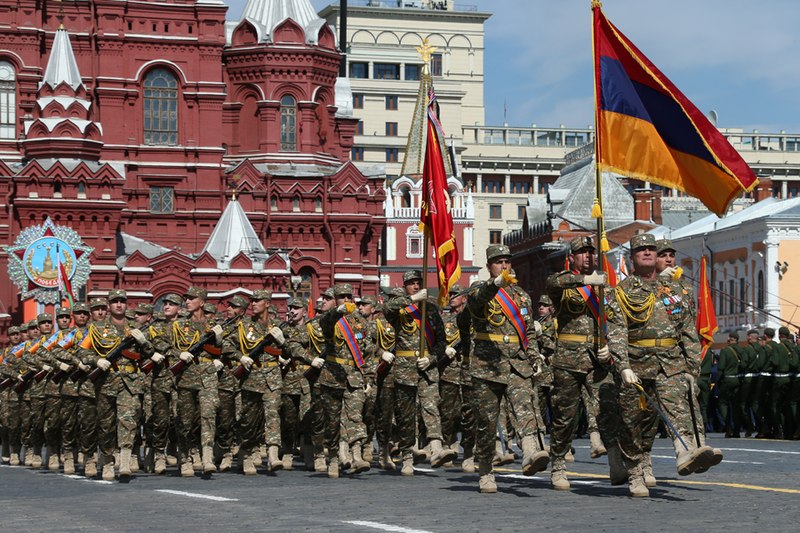Russia and Turkey: Behind the Armenia-Azerbaijan Clashes?
By Avinoam Idan
August 31, 2020, the CACI Analyst
The violent gunfire that erupted between Armenia and Azerbaijan in July appears to have no connection with the ongoing conflict over the Nagorno-Karabakh region. This event took place far from Nagorno-Karabakh, in the Tovuz region. The strategic importance of the Tovuz region is its location on the energy export pipelines route from the Caspian Sea to Turkey and Western markets. It would seem that the players involved here are none other than Russia and Turkey, in active conflict vis-a-vis the war in Libya. The gunfire can be interpreted as a Russian message to Turkey, regarding its energy supply security from the Caspian Sea. If so, this is not the first time Russia has used Armenia to further its interests in the region.

Russia's confrontation with Turkey and instability in the South Caucasus
By Armen Grigoryan
February 22nd, 2016, The CACI Analyst
The confrontation between Russia and Turkey, and the fast-changing situation on the oil and natural gas markets, have strongly impacted the Nagorno-Karabakh conflict resolution process, as well as the internal state of affairs in both Armenia and Azerbaijan. Russia recently increased its military presence in Armenia, which has unsuccessfully sought support from fellow CSTO members in its confrontation with Azerbaijan. The ongoing clashes along the line of contact imply that the situation will likely remain tense in the short term. Meanwhile, the economic downturn in Armenia and Azerbaijan, as well as in Russia, increases the risk of domestically motivated escalation of the conflict.



